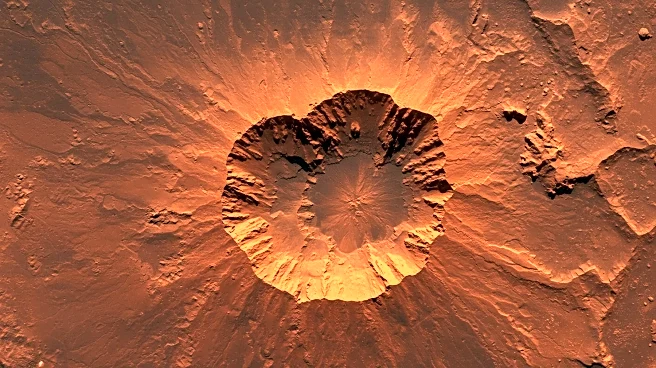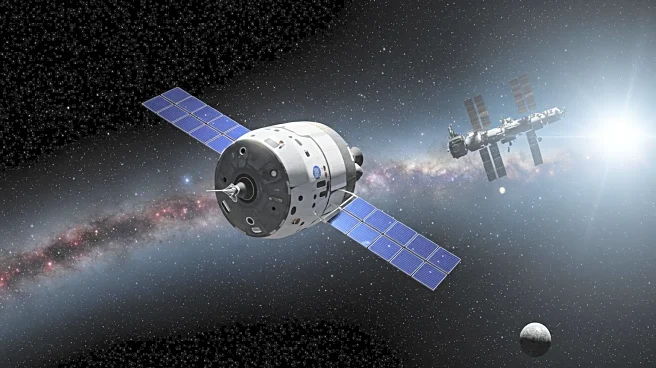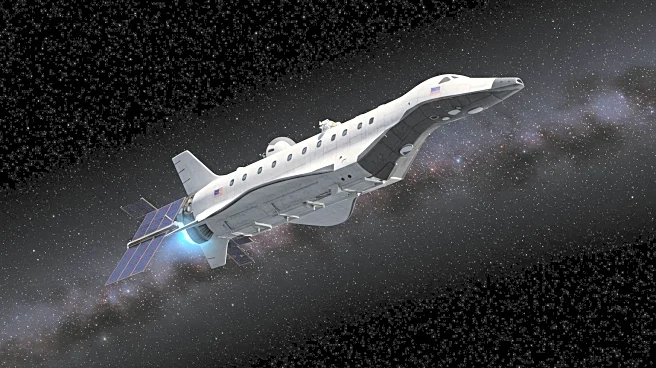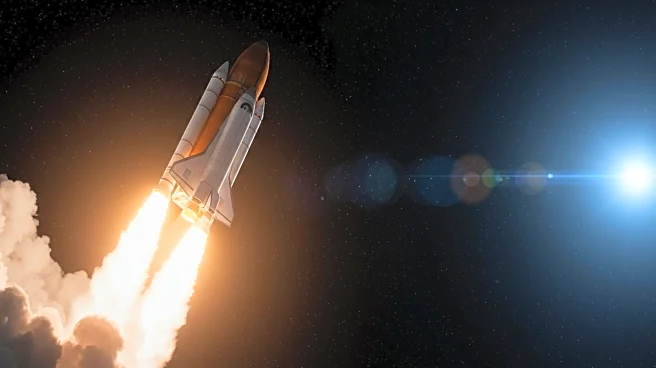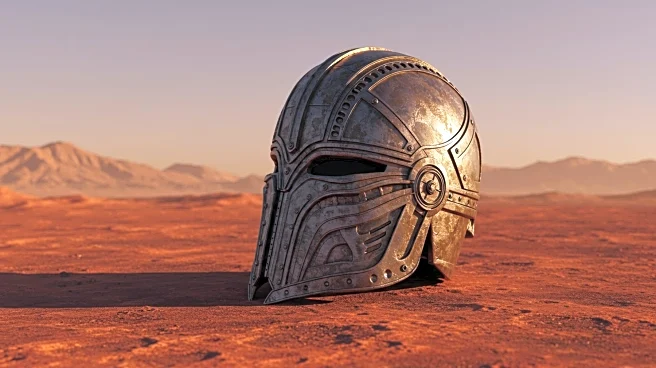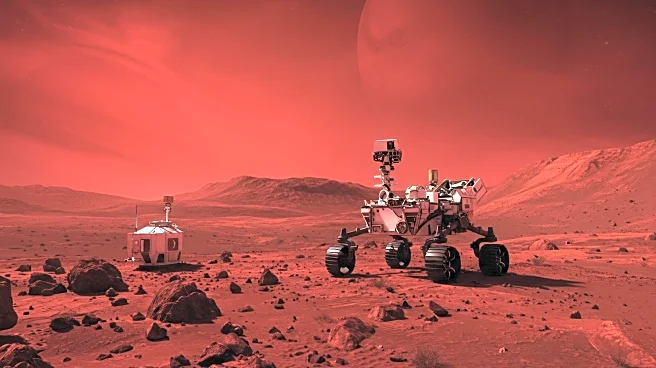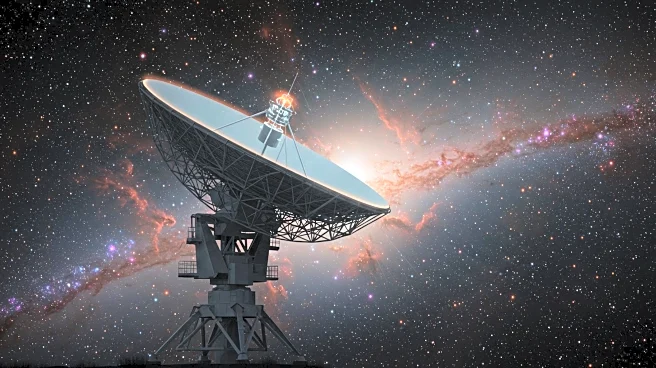Rapid Read • 7 min read
NASA's Perseverance rover is conducting a detailed study of inactive megaripples on Mars, which are large windblown sand formations. These formations, located at a site called 'Kerrlaguna,' are up to 1 meter tall and could provide insights into the modern Martian environment. The rover's investigation follows previous attempts to explore new rock exposures, which were hindered by steep slopes and rocky terrain. Despite these challenges, Perseverance gathered data on spherule-rich rocks and is now focusing on the megaripples to understand the role of wind and water on Mars. The rover uses its SuperCam, Mastcam-Z, and MEDA instruments to analyze the environment, sand grain size, and any salty crusts that may have formed over time.
AD
The study of Martian megaripples is crucial for understanding the planet's current environmental processes, which differ from those recorded in ancient rocks. This research could inform future missions, particularly those involving human exploration. By documenting potential resources within Martian soils, scientists aim to prepare for scenarios where astronauts might rely on these resources for survival. The investigation at 'Kerrlaguna' serves as a preliminary step towards a more comprehensive study at 'Lac de Charmes,' which could further enhance our understanding of Mars' surface dynamics and resource availability.
The Perseverance rover's findings at 'Kerrlaguna' will guide future exploration efforts on Mars. The data collected will help plan a more extensive campaign at 'Lac de Charmes,' where larger bedforms are present. This ongoing research is expected to refine strategies for utilizing Martian resources during human missions. Additionally, the insights gained could influence the design of future rovers and exploration equipment, ensuring they are equipped to handle the challenges posed by Mars' unique surface features.
AD
More Stories You Might Enjoy
